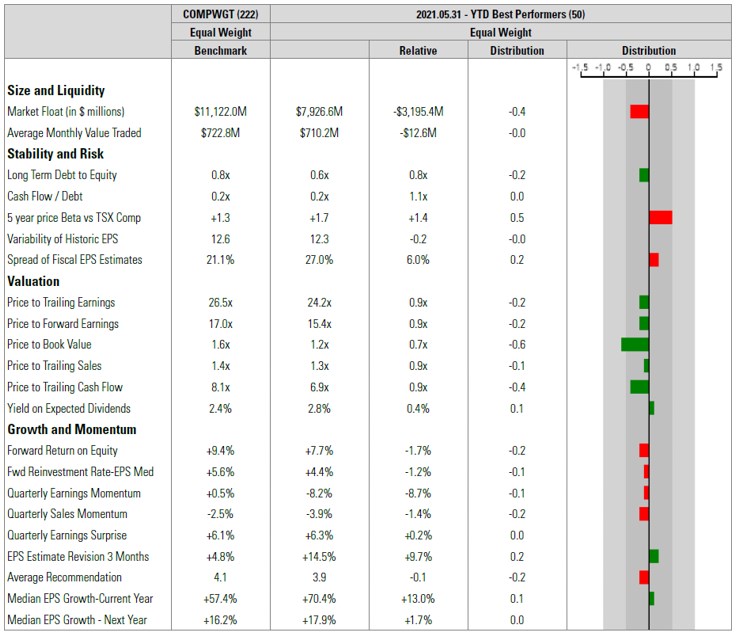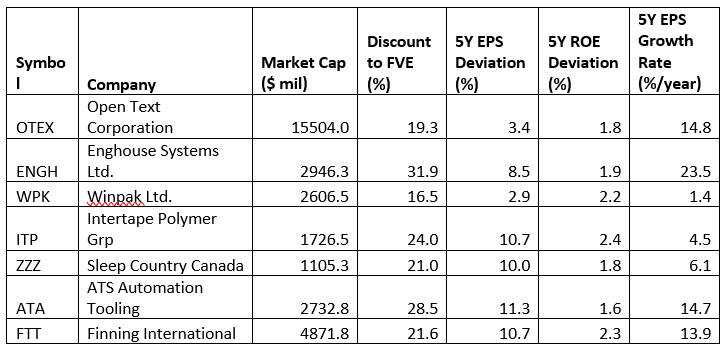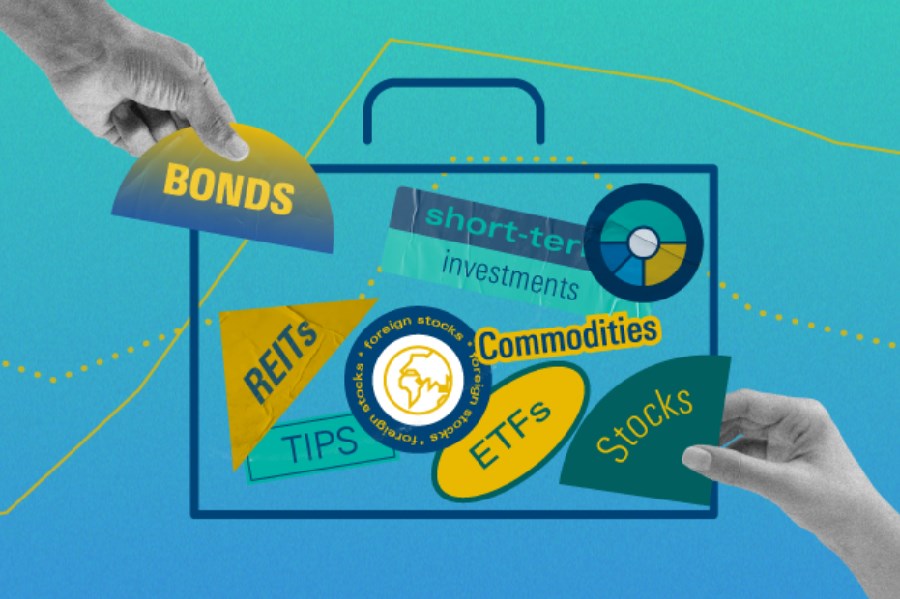
When looking at the biggest Canadian-listed winners this year, one can’t help but notice that many of them happened to exhibit core value characteristics when compared to the broader market. Case in point, the table below outlines an analysis comparing the 50 best performing stocks (for the year-to-date) against the broader S&P/TSX Composite index on an equally weighted basis using fundamental information from December 31st, 2020.

Source: Morningstar® CPMS™ | Fundamental as of December 31, 2020
On average, the 50 best performing stocks in the index this year showed lower valuation metrics than the broad index at the start of the year. Meaning that if you were a value-oriented investor at the start of the year, your picks would have likely outperformed those that had more of a growth focus (as is often the case during market recovery periods).
With this stellar performance, are there value picks still to be had? A mentioned in a prior article, one way to find undervalued stocks is to consider their fair value estimates (FVE). In Canada, these estimates come from institutional analysts working for large financial institutions. On aggregate, the fair value estimate from analysts can help investors find companies that the street deems as undervalued.
To find these companies, I used Morningstar CPMS to first rank the 220+ stocks in the S&P/TSX Composite on a number growth and quality metrics:
- 5-year EPS Growth Rate (on average, how much earnings have grown each year in the last five)
- 5-year Average Return on Equity (a profitability metric)
- 5-year Deviation of Earnings and Return on Equity (measuring the consistency of the prior metrics)
I then placed a screen on the list, including only companies that are trading lower than the median fair value estimate from the street. Additionally, I only included companies for which there are at least 3 active analyst estimates.
To determine if this strategy worked well over time, I used Morningstar® CPMS™ to backtest the strategy. The backtest assumed we started by buying the top 20 stocks that met the above requirements in October 2005 with no more than 5 stocks per economic sector. At the end of each subsequent month, a stock would be sold if it reached its fair value estimate, or if the 5-year earnings or ROE metrics turned negative. When sold, stocks were replaced with the next highest-ranking stock not already held in the portfolio. I found that although the strategy lagged the index in the first 7 years, it slowly gained traction above the index in particular after 2014.
For readers who believe that this strategy has some merit in the times ahead, the stocks that qualify to be purchased into the model today are listed in the table below.

This article does not constitute financial advice. It is always recommended to speak with a financial advisor or professional before investing.




















